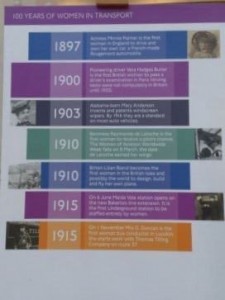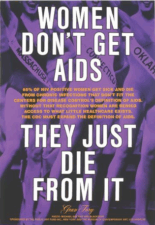
Women are not only amongst the ‘firsts’ in travelling as drivers, designers, and workers. Their membership of organisations associated with travelling and political contribution to improving travel are also recorded in the Paddington Station exhibition dedicated to their cause.
In 1916 the Women’s Royal Naval Service (WRNS) was formed: the first of the armed forces to recruit women. It was headed by Dame Katherine Furse – the first woman director of such a service. It was followed by the Women’s Royal Air Force (WRAF) which became a force of 32,000 women. Katharine and Rachel Parsons founded the Women’s Engineering Society (WES) in 1919 to ‘promote the study and practice of engineering among women’ . The first secretary, Caroline Haslett, was an ideal choice to work with an organisation that encouraged women engineers. She was particularly interested in electricity and how it could influence women’s domestic lives. However, she was the most influential woman associated with electrical installations during WW2.
Labour MP, Barbara Castle was appointed Minister of Transport in 1965 and was responsible for the introduction of breathalysers, compulsory seat belts and national speed limits. With the appointment of the first British woman Professor of Transport and Society, Margaret Grieco, in 1999 women’s academic role in transport was recognised.
In 2008 Jean Venables became the first woman president of the Institute of Civil Engineers.
Another first was Sheila Holden’s election to the presidency of the Chartered Institution of Highways and Transportation.
In 2014 the first National Women in Engineering Day celebrated the achievements of women in engineering. In the same year 100 Years of Women in Transport was also celebrated.
Information and photos from exhibition at Paddington Station November, 2015.



